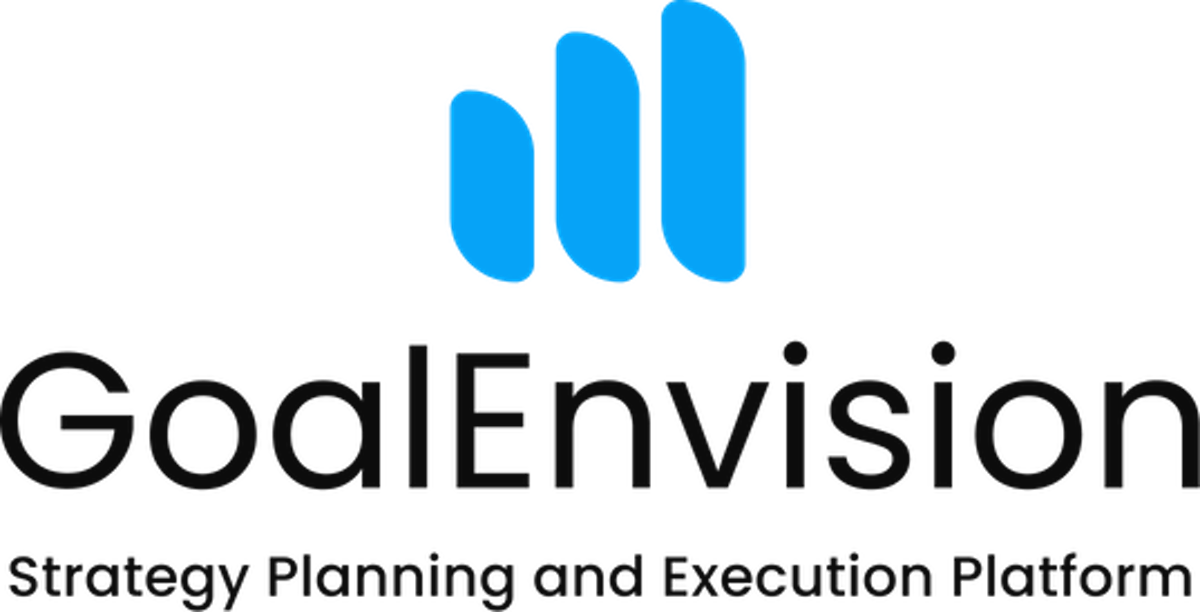Employee skills development: a key to business success
Share this article
In a fast-changing business world, employee skills development is crucial to the success and sustainability of organisations. To maximise the impact of skills development and ensure that all parts of the organisation benefit from the effort, leaders can use two powerful models: the Conditions Model and the Perspective Model.
As a company manager, are you facing challenges when it comes to ensuring that your employees have the right skills for the future? Have you ever wondered how you can effectively identify skill gaps within your organization? Or thought about how you can structure skills development so that it is sustainable in the long term? Do you recognize the problems of lack of resources, unclear areas of responsibility or low employee motivation?
Here, two powerful models can be of great help: the condition model and the perspective model.
The condition model helps you identify and create the necessary elements required to successfully implement skills development programs. By focusing on structure, capability and energy, this model ensures that no important aspects are overlooked and that the company has a solid foundation to build on. This is especially important when facing challenges such as lack of resources, unclear responsibilities and low employee motivation.
The perspective model provides a holistic view of competence development by dividing the efforts into five critical perspectives: market, sales, operations, employees and finance. By integrating development efforts across the entire organization, you can ensure that development is cohesive and effective. The model helps you prioritize and focus efforts where they do the most good, which is crucial when you are faced with complex decisions and the need to balance different business goals.
By combining these two models, you can systematically and effectively identify and fulfill your skills development needs, resulting in improved competitiveness, increased innovation and a stronger adaptability. In this article, we will explore how these models work and provide concrete examples of how they can be applied to drive success in your business.
1. Conditions for successful competence development
The model for conditions is central to creating a structured and purposeful competence development. By dividing the condition into structure, ability and energy, it becomes clear which areas need to be strengthened in order to achieve success. This gives management a concrete plan to follow and ensures that no critical elements are overlooked. The model also contributes to a better understanding of how different parts of the organization work together and how to optimize resources for maximum effect.
Identify the three conditions: structure, ability and energy
1. Structure: Structure is about having the right resources and support in place. Without these elements, it is difficult to achieve sustainable competence development. Examples of structural condition include:
-
-
Educational materials: Access to updated and relevant educational resources.
-
Mentoring program: Experienced employees who can guide and support new or less experienced colleagues.
-
Competence development plans: Structured plans that map the employee's development path and goals.
-
2. Ability: Capability refers to the knowledge and skills required to achieve the company's goals. It is about employees needing the right skills to perform their tasks effectively. Examples of skills that may be important to develop include:
-
-
Communication skills: Ability to effectively communicate with colleagues and customers.
-
Technical skills: Knowledge of the latest tools and techniques in their field.
-
Problem solving skills: Ability to quickly and efficiently solve problems that arise.
-
3. Energy: Energy is about the drive and motivation of employees. Without energy, even the best structured programs and the most knowledgeable staff can fail. Examples of how to promote energy include:
-
-
Incentive program: Rewards and recognition for work well done.
-
Company culture: A positive culture that values learning and development.
-
Commitment: Create an environment where employees feel engaged and inspired.
-
Using a structured model to identify and create the right conditions is crucial. The model helps to analyze and ensure that all the necessary elements are in place to support skills development.
2. Five perspectives for competence development
The model with the five perspectives ensures that competence development does not only take place in isolated parts of the company, but that there is an overall picture. By addressing market, sales, operations, employees and finance, the management ensures that the development efforts are integrated and support each other. This leads to a more cohesive strategy where all departments and functions work towards common goals. The model also helps identify and prioritize the most critical skill needs, optimizing the use of company resources.
The five perspectives provide a holistic view of skills development and help identify specific needs in different areas:
1. The market perspective: Focuses on understanding and satisfying customer needs.
Example:
-
Training in customer service to improve customer satisfaction.
-
Market analyzes to better understand customer behaviour.
2. The sales perspective: Is about improving sales skills and effectiveness. Example:
-
Training in sales techniques.
-
Development of digital marketing.
3. The operations perspective: Focused on optimizing internal processes and efficiency.
Example:
-
Training in process optimization.
-
Implementation of new technologies.
4. The people perspective: Focuses on staff competence and motivation.
Example:
-
Leadership development.
-
Team building activities.
5. The economic perspective: Aims to improve the company's financial performance.
Example:
-
Education in financial analysis.
-
Cost control and budgeting.
An example from reality
Let's look at a medium-sized company in the technology sector that implemented a successful investment in employee skills development.
Step 1: Planning and Preparation
The company began by analyzing its current competencies and identifying gaps. They used the condition model to map structure, capability and energy.
Step 2: Implementation
They introduced new training programs and started a mentorship program. At the same time, technical workshops and communication training were conducted to strengthen employees' skills. To increase motivation, they launched an incentive program and arranged regular team building activities.
Step 3: Use of the Perspective Model
To get an overall picture, they worked with the five perspectives:
-
Market: Training in customer service and market analysis.
-
Sale: Training in sales techniques and digital marketing.
-
Operations: Optimization of internal processes and introduction of new technology.
-
People: Leadership development and team building.
-
Economy: Training in financial analysis and cost control.
Results
After a few months, employees showed higher commitment and customer satisfaction increased. Sales figures rose and internal processes became more efficient. Finally, financial results improved noticeably.
By systematically using both the prerequisite model and the perspective model, the company was able to create sustainable competence development and achieve significant success.
Investing in employees' skills development is crucial for the company's long-term success. By using a structured model to identify and develop the necessary conditions, as well as working within the five perspectives, companies can create a strong foundation for growth and innovation.
Share this article
Did you like this article? Here is more...
Latest




